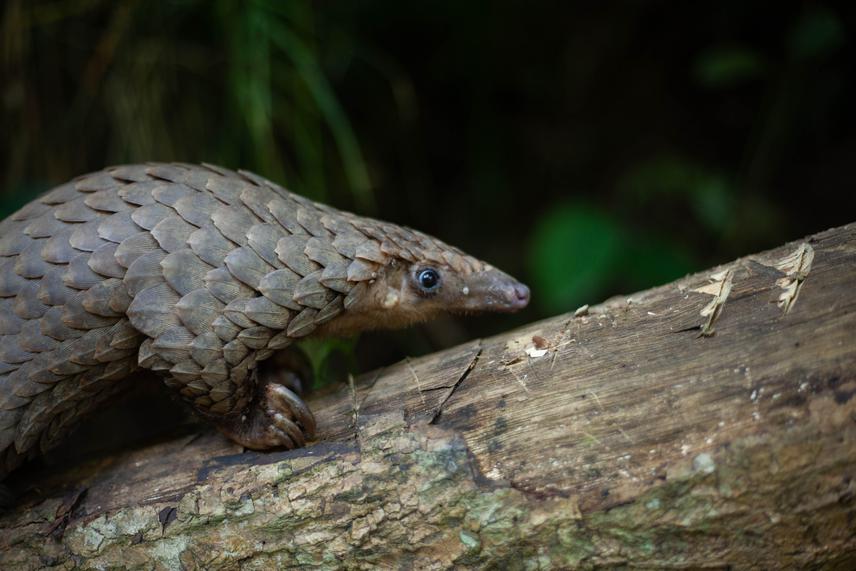Prince Pascal Agro
Other projects
12 Dec 2018
Status, Distribution, and Abundance of Vulnerable African White Bellied Pangolin (Phataginus tricuspis) in Human-Dominated Forest Landscapes around the Asukese Forest
12 Aug 2020
Up-Scaling Efforts to Safeguard Populations of Two Vulnerable Pangolin Species (Phataginus tricuspis and Phataginus tetradactyla) in the Asukese Forest Reserve
This proposed project is a follow-up to our first and second conservation projects on pangolins in the Asukese Forest funded by the Rufford Foundation. Before, there had not been any previously published report on the existence of pangolins in the area. Our original project was informed by personal conversations with some local hunters about the presence of the species in the area. Since then, we have conducted ground-truthing ecological surveys to document their existence, distributions, and general threats to pangolins in the area. Additionally, we conducted passive surveys by deploying camera traps in the Asukese Forest Reserve. The results from these initial assessments have been intriguing hence our motivation to initiate a localized species conservation strategy to protect the species and their habitats. Asukese Forest Reserve could be one of the last viable shelters for the species. Hence, this project will build upon the findings of the previous studies and ensure that the species enjoys protection in the Asukese Forest Reserve, serving as the commencement of a novel community-level conservation initiative focused on safeguarding populations and habitats of the endangered White-bellied pangolins in Asukese Forest and Ghana at large.

A rescued, White-bellied pangolin being release in the Onepone Endangered Species Refuge in the Volta region of Ghana a local community forest/conservation site managed by Herp Ghana. © Michael Akrasi
This current project purposes to stimulate local communities' effectiveness in protecting pangolins and their habitats. We will restore degraded portions of the forest to extend the habitat corridors of the species. We also aim to enhance the livelihoods of selected community members by piloting Alternative Livelihood Schemes to mitigate the human removal (i.e., poaching) of the species for food. In the long term, this project will initiate conservation and monitoring actions at the local community level to eliminate threats and safeguard the remaining populations of the White-bellied pangolins in the Asukese Forest Reserve.